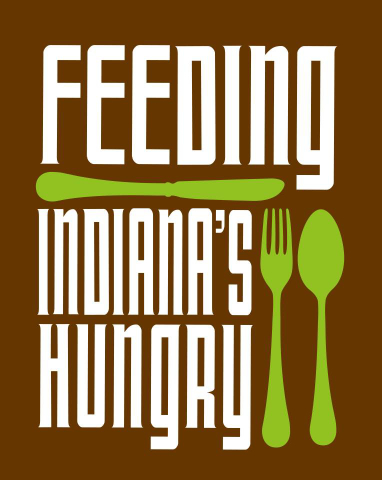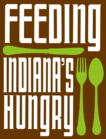Hoosier Numbers Growing and Could Continue to Do So, Given Economic Outlook and Proposed Budget Cuts
September 9, 2011—The United States Department of Agriculture (USDA) reported this week that 13 percent of Hoosier households are food insecure, according to a three year average. Overall, 1 in 6 Americans lives in a household that is food insecure. This new data comes during Indiana’s Hunger Action Week, as declared by Governor Mitch Daniels, and just days after Feeding Indiana’s Hungry and Feeding America, the nation’s largest domestic hunger relief organization, released a new study which revealed that 24.5 percent of children under the age of 18 in Indiana are struggling with hunger.
Food insecurity is defined by the USDA as the limited or uncertain availability of nutritionally adequate and safe foods or the ability to acquire acceptable foods in socially acceptable ways.
“These new numbers show that food insecurity has continued to rise in Indiana roughly a percent a year over the last three years, while nationally, numbers remained steady or improved this year,” said Emily Weikert Bryant, Executive Director of Feeding Indiana’s Hungry. “Combined with recent reports from Feeding America and other anti-hunger advocates, a clear picture is painted to show that hunger does exist in Indiana and it will not go away on its own. We must address this critical need head-on to ensure that our citizens are getting the help necessary to succeed in school and in the workplace, and that our seniors do not go without.”
Nationally, among the nearly 49 million Americans facing hunger in the US, more than 16 million are children. Five million households experiencing food insecurity include at least one senior. The USDA collected the data in December, 2010.
“Many Hoosiers who are food insecure are also experiencing unemployment or underemployment, which remains at historically high levels,” said Bryant. “As Congress and the Administration look for ways to reduce the federal deficit, it is more critical than ever to protect nutrition programs that provide the first line of defense against hunger in America.”
The USDA released a study earlier this year, which found that provisions in the American Recovery and Reinvestment Act (ARRA) helped reduce food insecurity among people receiving benefits through the Supplemental Nutrition Assistance Program (SNAP) program, when compared to low-income households that are not eligible for SNAP benefits.
SNAP is the nation’s largest nutrition program, now serving more than 45 million low-income people nationally and 884,000 Hoosiers. Seventy nine percent of the households receiving SNAP nationally include a child, elderly, or disabled person.
The Senate is currently considering legislation funding several critical nutrition programs for FY2012. The House has already approved legislation that would significantly weaken the nutrition safety net.
Last spring, Feeding America conducted a research study to reveal food insecurity rates at the county level. Map the Meal Gap showed that hunger exists in every county in Indiana, ranging from 10 percent in Hamilton County, to 22 percent in Fayette County.
“The pervasiveness of hunger requires a strong partnership between federal nutrition programs and the charitable distribution system to feed people in need, and our member food banks are up to the challenge,” said Bryant. “ While our nation faces many serious challenges today, the costs of children growing up hungry and seniors spending a lifetime working hard and retiring hungry are great. Hunger is simply one battle we cannot afford to lose.”



